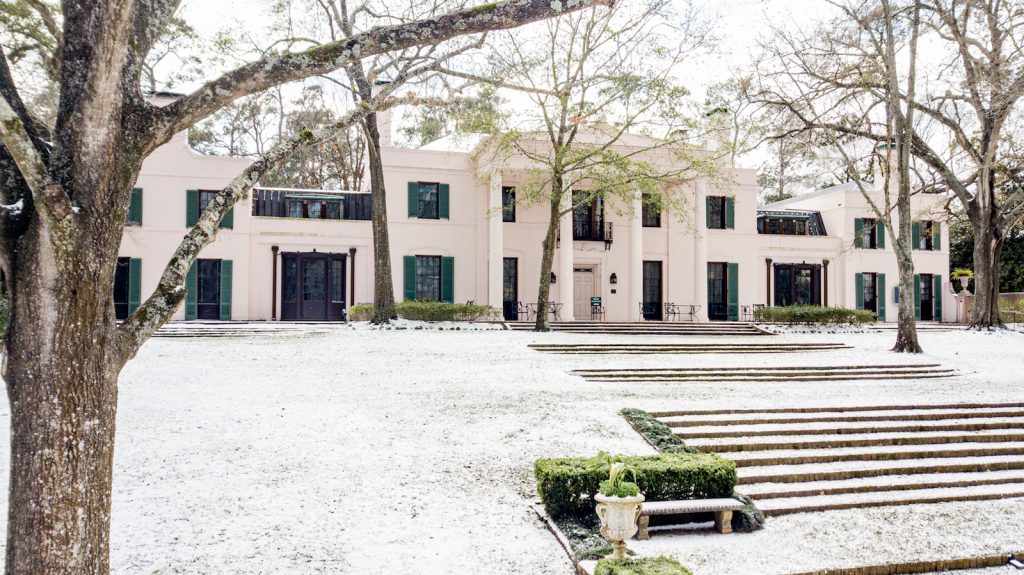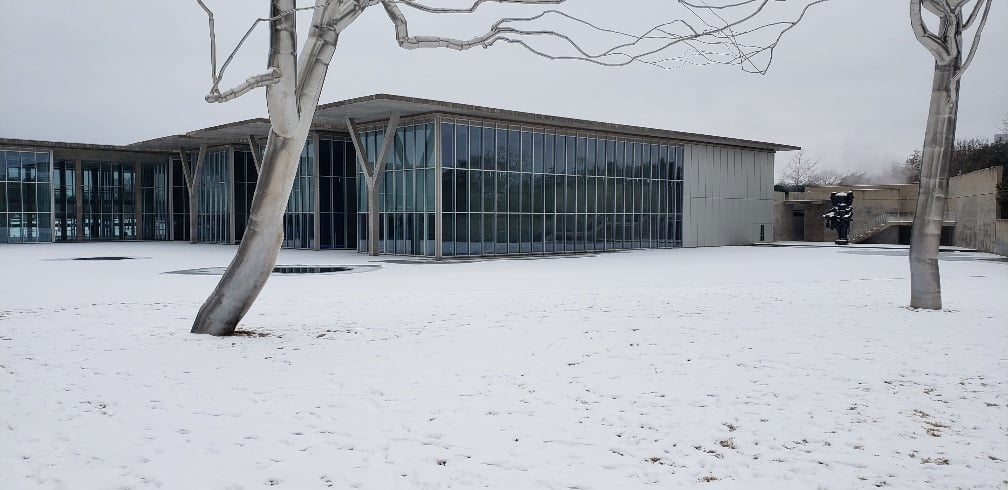Art World
‘We Have Food, Air Mattresses, and Dog Food’: Texas Museums Are Sheltering Staff and Running on Generators Amid Devastating Storms
Museums are relying on generators to keep temperatures at levels needed to conserve artworks.

Museums are relying on generators to keep temperatures at levels needed to conserve artworks.

Brian Boucher

Millions of Texans are still living in the cold and darkness as once-in-a-lifetime storms cause widespread power outages throughout the state. While many people have been sitting in their cars with the heat blasting, museums have been relying on generators the size of small sedans in order to maintain the temperatures needed to properly protect artworks.
Some employees have even taken refuge inside institutions like the Museum of Fine Arts Houston and the Contemporary Arts Museum Houston in order to charge phones, warm up, and take advantage of functioning bathrooms. (The state has been ordering the populace to boil their water, if they’re lucky enough to have it.)
“It’s been pretty dicey for the staff,” said CAM Houston director Hesse McGraw, who it took 12 hours to reach on Wednesday due to spotty cell and internet service. “Either they have power or water, but not both. Hopefully both don’t go out at the same time. Staff who do have power have taken in friends or family, and we’ve had some board members offer up guest homes or their own spaces for staff to keep warm.”
The Museum of Fine Art Houston has been running largely on generators since Sunday. “We have 15 engineers who are sleeping at the museum right now because travel is not wise,” said director Gary Tinterow. (Freezing rain led to a 100-car pileup in Fort Worth last week.)

The Modern Art Museum of Fort Worth, under a blanket of snow this week. Photo by Richard Dobbins. Courtesy of the museum.
The museum has so far been able to maintain industry standards of 70 degrees Fahrenheit and about 50 percent relative humidity on power from several generators to keep the artworks safe.
“Our emergency preparedness team is well acquainted with disaster,” Tinterow said. In 2017, Hurricane Harvey flooded the foundation of the museum’s new building and destroyed valuable construction equipment. “We have food, air mattresses, and dog food stocked, so we are prepared to shelter essential staff.”
Texas officials have voiced outrage at the state’s utility provider. The Electric Reliability Council of Texas, which manages the grid used by about 90 percent of the state, “has been anything but reliable over the past 48 hours,” governor Greg Abbott said in a statement on Tuesday, and called for its leadership to resign. (He also blamed wind and solar energy, which supply only 10 percent of Texas’s power.)
Tinterow, too, heaped criticism on the council. “We normally have extreme demand in summer on peak heat days,” Tinterow said. “This is the first time in 40 or 50 years we’ve had peak demand in winter because of cold. The failure of the Energy Reliability Council has been how unreliable they are, and how unprepared. There’s been almost no additional capacity, which is a very disturbing wake-up call.” Whereas hurricanes in summer can cause catastrophic losses for some, he said, this time the pain is universal among the museum’s staff.
Even as his exhaustion showed, Hesse McGraw ended our call on a lighter note. “Can I just say one thing?” he asked before hanging up. “At least we’re fortunate that the zombies have not come out.”